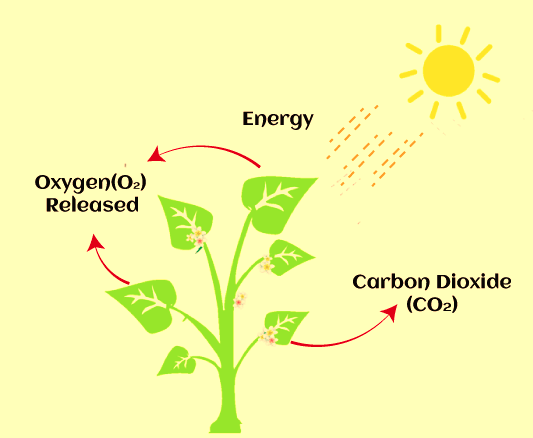Autotrophic NutritionAutotrophic is made up of two words, Auto and Trophic. Trophic means sustenance and auto signifies self. This term's true definition is self-nutrition. In the presence of sunshine, an organism's sustenance is made from basic inorganic components like water, carbon dioxide, and mineral salts. Autotrophic nutrition is present in all green plants. Autotrophic nourishment is exemplified by plants like blue-green algae and cyanobacteria. Nutrition in PlantsTo guarantee that life processes function properly, every living entity needs some form of energy and nutritional elements. Furthermore, the required energy is obtained through meals. 
Plants and Their Nutrition RequirementsPlants, like all living things, require some type of energy to survive. Cells and tissues make up their structure. They also expand in size and girth. They are the ones that built the ecology. They do, however, require nutrients in order to produce food. Naturally, the nutrients needed differ from each other. The "autotrophic mode of nutrition" refers to this sort of nutrition in plants. It indicates that plants have the unique capacity to produce their own nourishment by harvesting organic substances using basic inorganic chemicals. They obtain energy from non-living sources such as the sun and carbon dioxide (CO2). Chlorophyll, the green pigment, is correspondingly retrieved in plants. Plants can produce simple carbohydrates, which are used by the plant for energy. When plants have an overabundance of carbohydrates, they save it for later use. Types of Autotrophic NutritionDepending on the type of energy source used, autotrophic nutrition in plants may be split into two categories. The two forms of nutrition are photo-autotrophic nutrition (where sunlight is the only source of energy) and chemo-autotrophic nutrition (where chemicals are the only source of energy). 1. Photo-autotrophic NutritionPhotoautotrophs are autotrophs that use the energy from sunshine to synthesize organic matter from inorganic components through photosynthesis and the phenomenon is called Photo-autotrophic nutrition or photosynthesis. Photosynthesis Photosynthesis is the method through which plants produce their own food. Photosynthesis takes occurs mostly in the plant's leaves, which are commonly referred to as the plant's "kitchen." Even the stems have the ability to perform photosynthesis in some situations. To produce starch, it is necessary to transform solar energy into chemical energy. To accomplish this process, different sections of a plant perform distinct functions.
The chloroplast is a unique structure found in the leaves of vascular plants that contain chlorophyll. In the presence of sunshine, plants produce glucose with the aid of carbon dioxide and water. During the day, the stomata in the leaf emit oxygen as a by-product. The food is synthesized and transferred to various portions of the facility for storage and use. These green plants need nitrogen from the soil to produce proteins. 2. Chemoautotrophic NutritionIn this, the entity can produce its own food using chemical energy and does not require sunlight. This type of nourishment is only feasible at night. Nitrosomonas, hydrogen bacteria, and other bacteria are a few examples. So, organisms that use Chemicals as a source of energy are called Chemoautotrophs. They chemosynthesis their own nourishment. Chemosynthesis is a technique by which certain creatures, such as bacteria, synthesize carbohydrates using chemical energy. Examples of Chemoautotrophic Nutrition
Next TopicBiodiversity
|
 For Videos Join Our Youtube Channel: Join Now
For Videos Join Our Youtube Channel: Join Now
Feedback
- Send your Feedback to [email protected]
Help Others, Please Share










